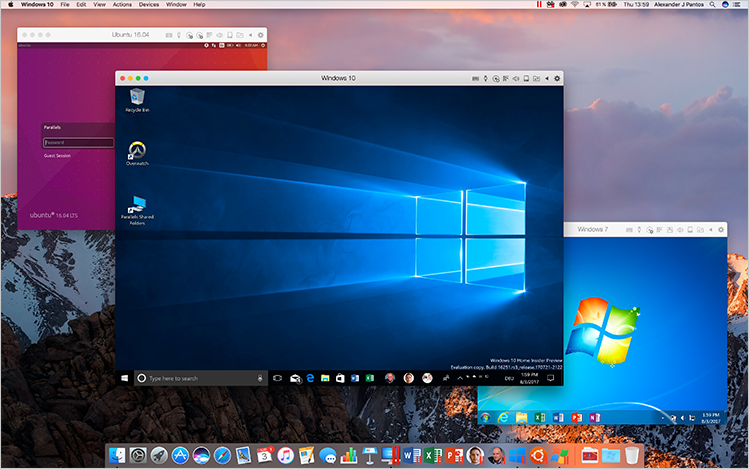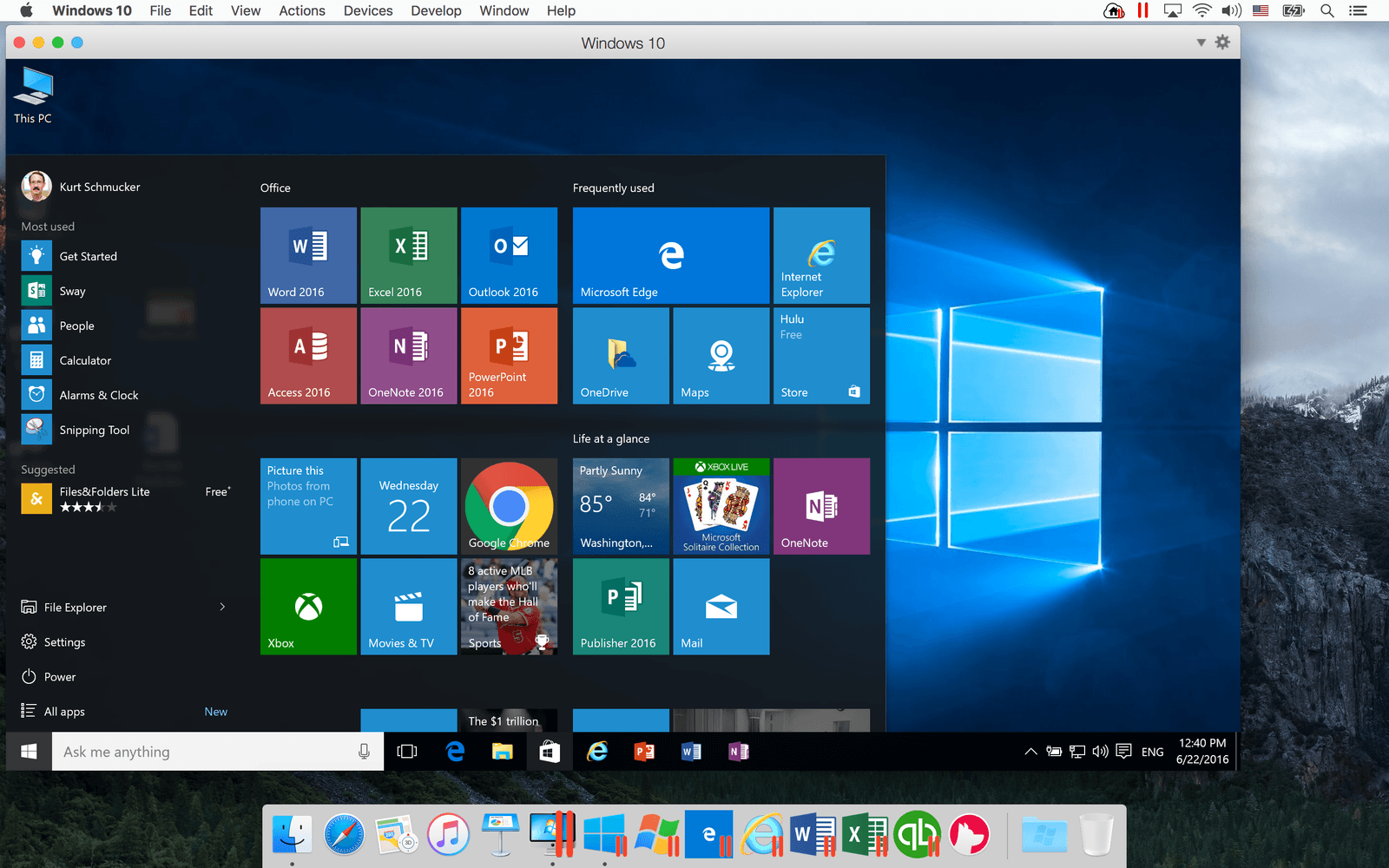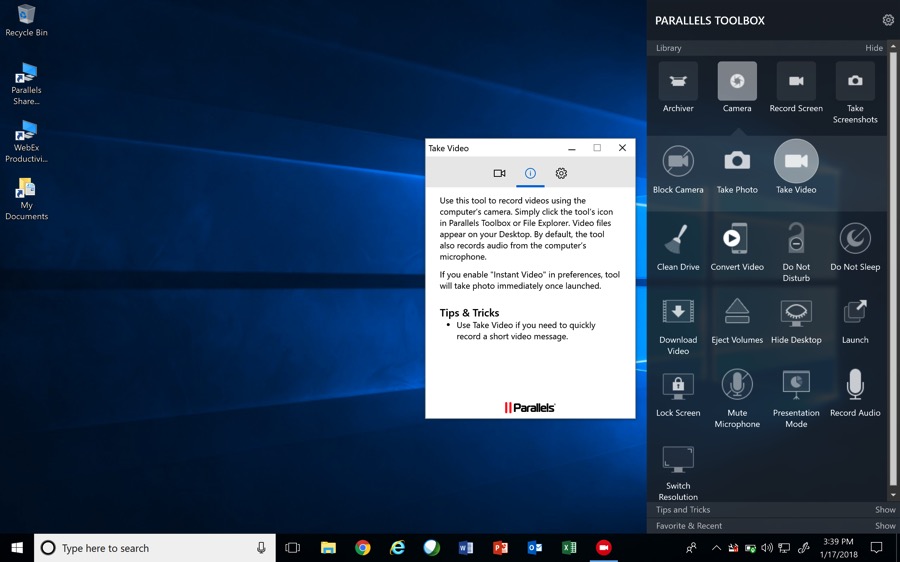Dedication: The clipboard is the unifying concept behind cut, copy, and paste. The individual responsible for cut, copy, and paste, Larry Tesler, passed away this month. Larry wrote the preface to my book, Object-Oriented Programming for the Macintosh, and was the person who hired me at Apple so many, many years ago. The computing world lost an important pioneer, and this blog post is dedicated to his memory. You can read more about Larry in The New York Times and the Washington Post.

When it was first released in 1984, one of the defining features of the Macintosh user interface was the clipboard. The clipboard was great! You could copy any kind of data to it and then later paste that data into a new location. You could put text, graphics and entire documents or folders on the clipboard. Later on, you could put video clips, equations, spreadsheets and more on it. While the Mac was not the first computer with a clipboard—the Apple Lisa also had one—the Mac made the clipboard a widely known user interface (UI) concept.

Parallels Toolbox is a collection of convenient, easy-to-use, lightweight applications, or tools, to help you focus, get things done, and stay secure. It provides quick access to many common. Sep 03, 2020 How to install Parallels Tools in a Mac OS virtual machine Start the VM and log in to the guest OS. When the guest OS boots up, connect the Parallels Tools.iso image file by choosing Install Parallels Tools from the Actions menu at the top (Parallels Desktop 10 and later) or Virtual Machine menu (Parallels Desktop 9 and earlier).
Parallels Tools Free
There were, however, a couple of issues with the Mac clipboard. First, it only stored one piece of information at a time. Copy something else to the clipboard, and whatever was there before got removed. Second, it was invisible. The only way you could see what was on the clipboard was to paste the clipboard's contents into a document. Lastly, the clipboard worked great on a single Mac, but there wasn't any way to get the clipboard information to another Mac. Over the years, a variety of apps and extensions have tried to solve these issues, but none really caught on because none were as simple to use as the clipboard itself.
The Parallels engineers decided to solve these issues—the result is the new Clipboard History tool in Parallels® Toolbox for Mac. In this blog post, I'll show you how to use this new tool. If you're like me, you'll find it so useful that you'll set it to start up whenever you turn on your Mac.
The Clipboard History tool is one of forty tools in Parallels Toolbox for Mac (see Figure 1). Dr web for mac.

When it was first released in 1984, one of the defining features of the Macintosh user interface was the clipboard. The clipboard was great! You could copy any kind of data to it and then later paste that data into a new location. You could put text, graphics and entire documents or folders on the clipboard. Later on, you could put video clips, equations, spreadsheets and more on it. While the Mac was not the first computer with a clipboard—the Apple Lisa also had one—the Mac made the clipboard a widely known user interface (UI) concept.
Parallels Toolbox is a collection of convenient, easy-to-use, lightweight applications, or tools, to help you focus, get things done, and stay secure. It provides quick access to many common. Sep 03, 2020 How to install Parallels Tools in a Mac OS virtual machine Start the VM and log in to the guest OS. When the guest OS boots up, connect the Parallels Tools.iso image file by choosing Install Parallels Tools from the Actions menu at the top (Parallels Desktop 10 and later) or Virtual Machine menu (Parallels Desktop 9 and earlier).
Parallels Tools Free
There were, however, a couple of issues with the Mac clipboard. First, it only stored one piece of information at a time. Copy something else to the clipboard, and whatever was there before got removed. Second, it was invisible. The only way you could see what was on the clipboard was to paste the clipboard's contents into a document. Lastly, the clipboard worked great on a single Mac, but there wasn't any way to get the clipboard information to another Mac. Over the years, a variety of apps and extensions have tried to solve these issues, but none really caught on because none were as simple to use as the clipboard itself.
The Parallels engineers decided to solve these issues—the result is the new Clipboard History tool in Parallels® Toolbox for Mac. In this blog post, I'll show you how to use this new tool. If you're like me, you'll find it so useful that you'll set it to start up whenever you turn on your Mac.
The Clipboard History tool is one of forty tools in Parallels Toolbox for Mac (see Figure 1). Dr web for mac.
When running, it has a separate icon in the Mac menu bar—and when it's open, its window shows you items that have been placed on the clipboard. (Figure 2)
Video 1 (3 minutes) introduces the Clipboard History tool and shows its use on a single Mac:
Free to try Microsoft Mac OS X 10.10/10.11 Version 1.0 Full Specs. Clicking on the Download Now (Visit Site) button above will open a connection to a third-party site. PowerPoint for Mac. Powerpoint free for mac download free.
Video 2 (1 minute 30 seconds) shows how Apple's Handoff works with the Clipboard History tool on two Mac devices.
Even though there is no Parallels Toolbox for the iPad, the Clipboard History tool can work with an iPad on the same network as your Mac. Video 3 (1 minute 30 seconds) shows an example of this:
Parallels Tools For Mac Download
I hope these examples show you the power of Parallels Toolbox. If you're a subscriber of a recent version of Parallels Desktop™ for Mac, Parallels Toolbox is available to you at no charge. If you don't have Parallels Desktop, you can download a free 7-day trial of Parallels Toolbox.
